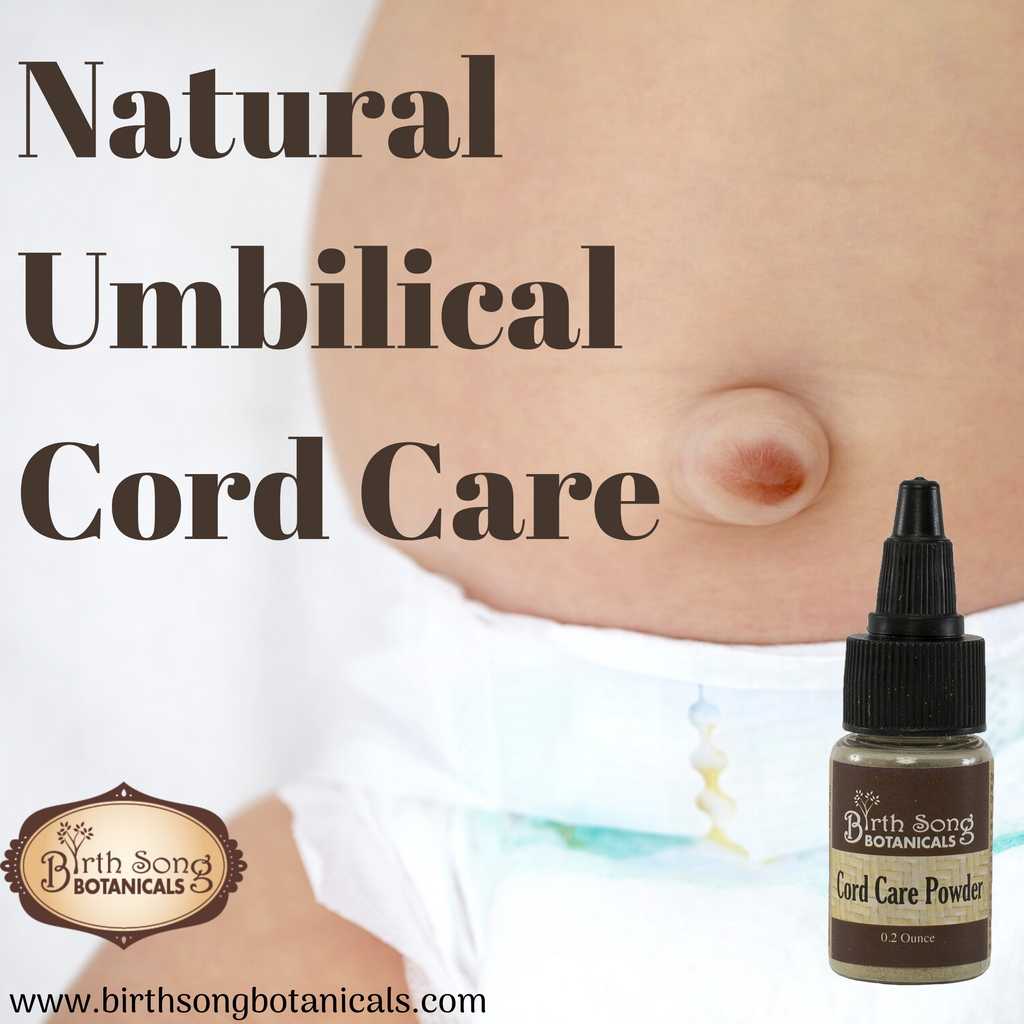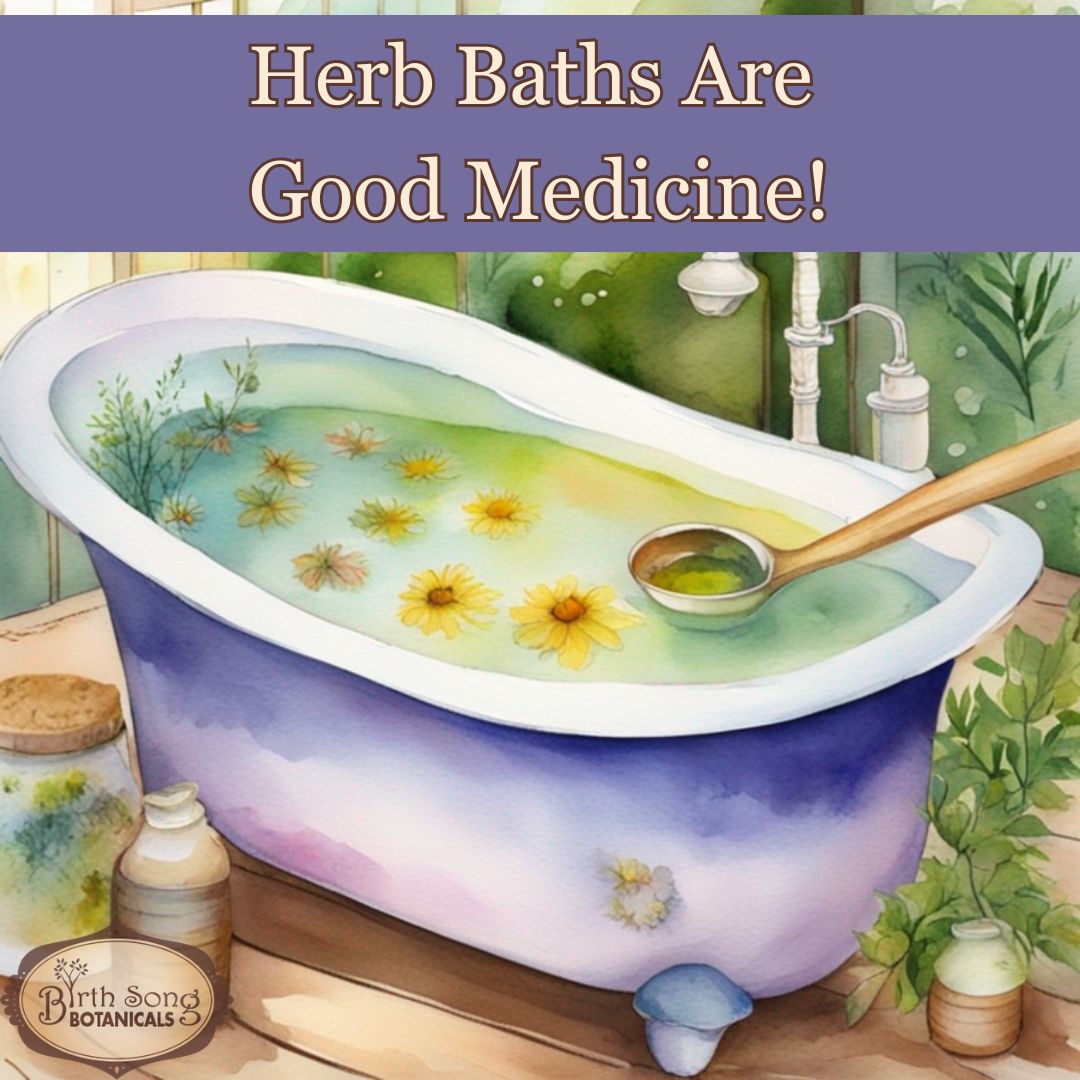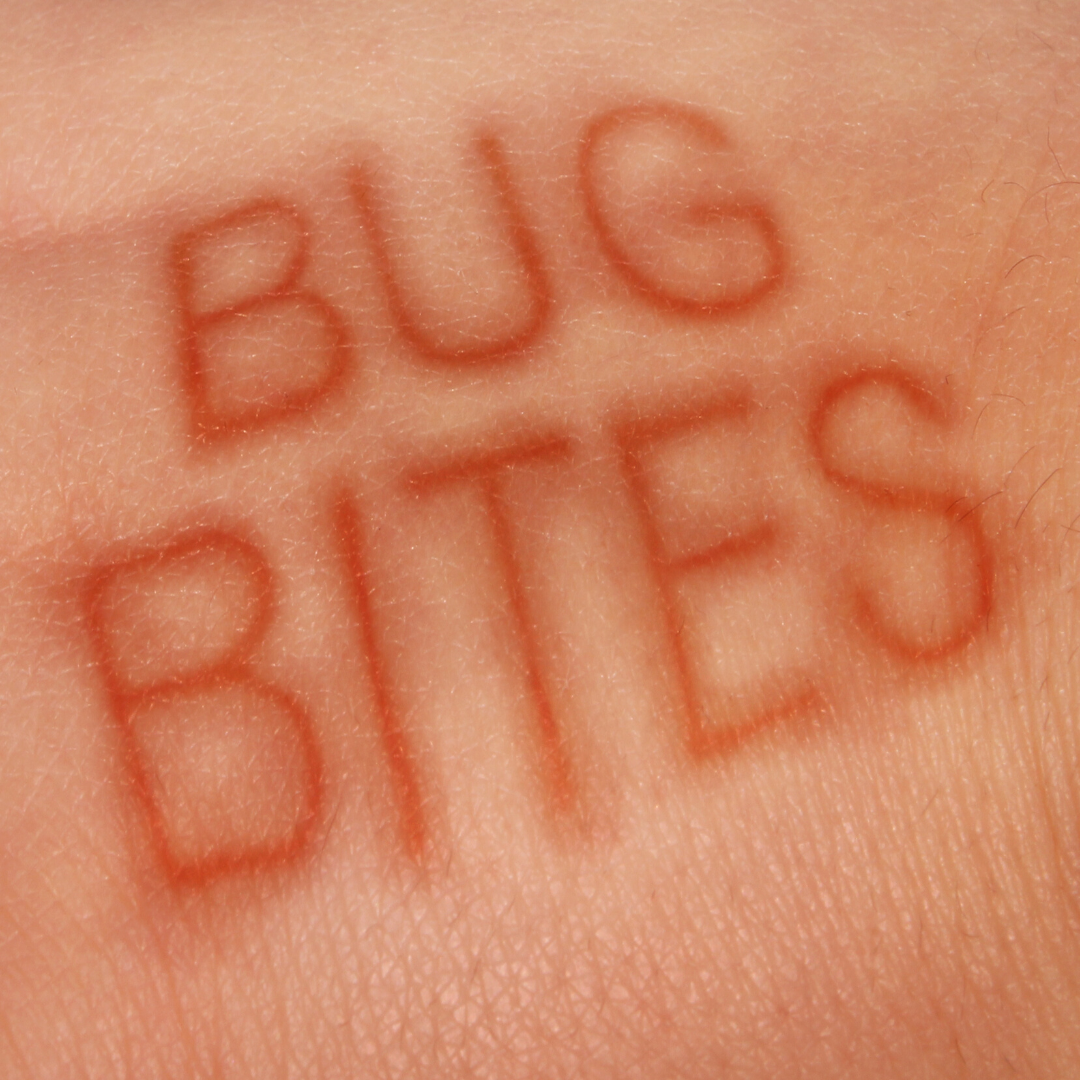8 Do's and Don'ts of Umbilical Cord Care

Yay, your baby is born! Now that you've clamped and cut the cord, how do you take care of it? What do you do to help dry the umbilical cord stump so it can heal and fall off faster? Watch today's video to learn about 8 Do's and Don'ts of Newborn Umbilical Cord Care and how to take care of it naturally.
Listen on Sound Cloud:
Watch on Youtube:
If this is our first time meeting, my name is Maria Chowdhury, and I'm a midwife-herbalist. As a midwife, I've helped hundreds of babies be born safely at home, and as an herbalist, I created Birth Song Botanicals to serve women and children world wide.

Natural Umbilical Cord Care
Now that you've had you've cut the cord; you have to take care of it. I'll admit a newborn's umbilical stump can appear a little gnarly and intimidating. But don't worry! Taking care of it is really pretty simple and straight forward. Today I'm giving 8 guidelines to take care of your newborns' umbilical cord stump naturally and safely.
1 Let it be- Don't pick at it and mess with it.
The umbilical cord stump usually takes up to 3-14 days to fall off on its own. I know it's tempting to touch it but try to leave it alone.
2 Keep the Umbilical Cord Clean
You can gently wipe the cord and the surrounding area with pure water. Newborns really don't need to take that many baths. Unless you are giving the baby a Postpartum Herb Bath, then a sponge bath is preferred. Postpartum Herb Bath is blended specifically for moms and babies to recover from birth. Moms have sore lady parts with stitches, and newborns have umbilical cords that need to dry, fall off, and heal. Our Postpartum Herb Bath is blended with antiseptic and astringent herbs that excellent infection fighters promote skin healing. Watch our videos about Postpartum Recovery and Herb Baths.
3 Keep the Cord Dry
Air out the cord. As long as the temperature is comfortable, allow the baby to get some indirect sunlight on their belly. Sunlight is an excellent healer. The sunlight will help dry the cord and give the baby plenty of vitamin D to support his immune system and to help process bilirubin to clear out jaundice.
Don't allow the cord to stay wet. Make sure the cord is out of the diaper.

4 Avoid Irritating the Cord
If you are using cloth diapers, you need to get creative about folding the diaper down to keep it from rubbing on the cord stump. Consider disposable diapers with the cut out for the umbilical cord.
Choose clothes that are easy to slide over the cord without being too tight around the belly button. Avoid onesies that have snaps in the crotch and pants that rub on the waistline.
5 Use Herbal Umbilical Cord Care Powder
Herbal cord care powder is an herbal blend of Myrrh, Lavender, Oregon Grape Root, and Yarrow. All of these herbs are anti-microbial, anti-bacterial, and anti-fungal. They help the cord dry and not smell so bad. It is normal for the cord to get wet oozy and have a bad smell. Just sprinkle a little cord care powder around the edges and base of the umbilical stump. The stump will turn into a dark scab. Apply the cord care powder at every diaper change or when you notice the cord getting wet. You can use a Q-tip to pack the powder into the belly button.
Our cord care powder has been laboratory tested to confirm it does not contain microbes. Thousands of people have used our cord care powder, and they report that their baby's umbilical cord tends to fall off in 2-5 days.
The cord care powder works so well that you will not use all the powder in this bottle. Your baby's cord will fall off before you finish the bottle. So you could keep it in your herbal first aid kit. It is good for cuts, scrapes, wounds, and burns.
6 The Natural Healing Process
Part of the natural healing process is, once the cord falls off, it is normal for it to bleed a little bit for a few days before it completely heals. Just keep taking care of it and applying the cord care powder.
You will have to wait to see if your baby has an innie or an outie. Generally speaking, the cord pulls in and becomes more of an innie when the baby develops and strengthens there abdominal muscles. So you will just have to wait and see.

7 Please Don't Do These Things:
- We now know that rubbing alcohol is too strong, and it is not recommended for taking care of infants' umbilical cords.
- Traditional cultures thought that if you pressed something flat on the belly button, it would be an innie and not an outie. We now know that we don't know what causes an innie or an outie. However, we do know that pressing metal or coins on to the umbilical cord is not hygienic and should be avoided.
8 Infection is Rare
Infection of the umbilical cord is rare but can happen so if you notice any of these signs contact your care provider:
- Swollen or red around the cord
- Continuous bleeding
- Foul odor discharge that becomes worse
- Pain in the area
- Fluid-filled lump
- Fever of 100.4°F (38°C) or higher
- Lethargy, irritability and low appetite

You've got this, mama! You are a good mom and you know how to take great care of yourself and your baby! I'm so proud of you!
I hope this video and post helped you see how simple and easy it is to take care of your newborn's belly button. Herbs can help that cord fall off faster and heal quicker. They are amazing supporters, especially for postpartum moms and newborn babies.
Check out our other blogs about how to use the rest of your Cord Care Powder.
If you're interested in learning more about the umbilical cord, watch our video about delayed cord clamping and find out why it is so important and should be a part of your birth plan.
Like our Birth Song Botanicals Facebook Page
Follow Birth Song Botanicals Co. on Instagram
Read our Birth Song Botanicals Blog
Watch Birth Song Botanicals on Youtube
Listen to Birth Song Botanicals on SoundCloud
Be inspired by Birth Song Botanicals on Pinterest








